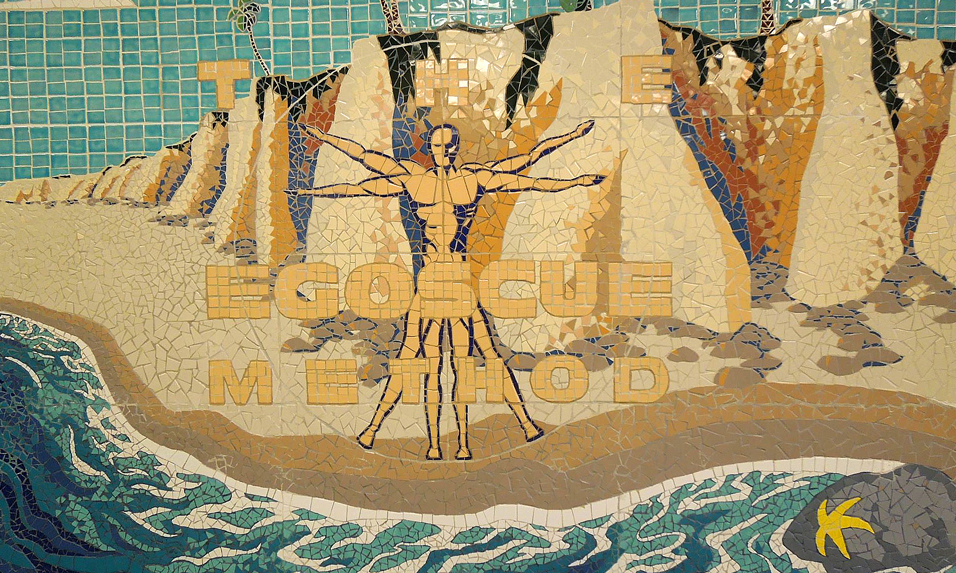 We all know that one of the keys to a faster performance, is a more efficient swim stroke, bike pedal or running stride. But how does an athlete improve this efficiency and can improving ones posture translate to increased athletic performance? In this article we are going to discuss the crucial role posture plays in athletic success, ways to improve posture and look at the effectiveness of orthotics.
We all know that one of the keys to a faster performance, is a more efficient swim stroke, bike pedal or running stride. But how does an athlete improve this efficiency and can improving ones posture translate to increased athletic performance? In this article we are going to discuss the crucial role posture plays in athletic success, ways to improve posture and look at the effectiveness of orthotics.
Our bodies are made to move. Each muscle has a specific job and if it does not receive the stimulus it needs to move, the muscles will eventually become dysfunctional and the result is pain in the form of a spasm, tightness or burning sensation. The opposite is true as well. If you overwork a muscle, the same unpleasant sensations occur. Athletes have a special relationship with their bodies and know when the effects of putting in countless hours in the lap pool and miles on the road have caught up. I interviewed posture specialist Brian Bradley from the Egoscue Method clinic in Del Mar, CA regarding the delicate relationship between posture and athletic performance.
MG: 1. What is your opinion on orthotics?
BB:”Let’s face it! We live in a society where sitting for many hours per day at the office coupled that with sitting in city traffic, causes your body to believe that its best functioning position is sitting. Then mix that with going into your swim-bike-run in an improper position. The result is chronic pain and a definite loss of performance efficiency. That little achilles twinge, low back tightness and/or chronic foot pain puts you on the sidelines for your upcoming season. Not fun!”
“Orthotics, specially made inserts that are put inside shoes to change the way weight and impact are managed, can temporarily silence pain issues and eventually alter one’s overall biomechanics…and most likely not for the positive in the long term! After the dysfunctional movement pattern is altered and the “friction” is moved, the problem begins all over again in a new location. Only this time, the piriformis syndrome, the herniated lumbar disc, the medial knee degeneration, the TMJ…etc…begin to rear their ugly heads. Here comes the pain!”
“The structures of the feet are not designed to handle any alternatives to correct posture. Any pattern of foot strike that deviates form heel-ball-toe is a symptom of dysfunction. In order to correct it, one must take time to reposition their load joints to allow a normal, efficient foot strike.”
MG: 2. How can someone improve their posture/function without using orthotics?
BB: “Not by thinking about it! People have enough “stuff” on their plates on a daily basis and worrying about their posture isn’t going to make things less stressful. In order to change one’s foot strike to the normal design, it is imperative to change the entire body’s kinetic chain. Put simply, strengthening exercises focused on correcting posture must accompany any flexibility/range of motion program. Simply stretching your quads, hamstrings, and calves is not going to be enough to ward off 8-12 hours of combined sitting, driving and working at computers we do in our modern society. If someone can find the time to do five posture exercises, their running gait would dramatically improve over time. That time will vary from person to person but the idea is to get it started ASAP! Watch the videos below for some great tips on how to assess your own posture.”
http://www.youtube.com/watch?v=Hbi2u7oxxRg&feature=youtu.be
MG: 3. How (if at all), in your opinion, can orthotics be used to help reduce/overcome athletic injuries?
BB: “I would never allow one of our athletes to use orthotics without going after the altered mechanics that led them to have to use them in the first place. It would be like giving a blood transfusion to someone with a severed artery…it just doesn’t make sense. Here is a rule to go by: When the orthotics become uncomfortable after you have started postural therapy, its time to change them or get rid of them completely. Remember, they are something external to your body and you need to do your part to regulate them.”
Next time you feel that hamstring twinge, calf tightness or shoulder pain, think twice before you take two ibuprofen and hope the pain subsides by morning so you can meet your group for an early morning ocean swim or 65 mile ride. That subtle language your body is speaking to you does not want to be muffled. Pain is your body’s way of saying something isn’t right and immediate actions need to be taken to stop the pain and, more importantly, correct the cause that started the pain in the first place. Getting your body in the proper alignment is perhaps the most important step you can take in getting yourself back on the road or in the pool faster. But in reality, a functional stride will keep you from getting re-injured and will actually help increase your range of motion, hence resulting in faster swim, bike and run times. And that my Tri-friend is something we can all appreciate. Happy training!
For more information on the Egoscue Method or for any questions regarding the informative video in this blog please contact:
Brian Bradley
800-995-8434